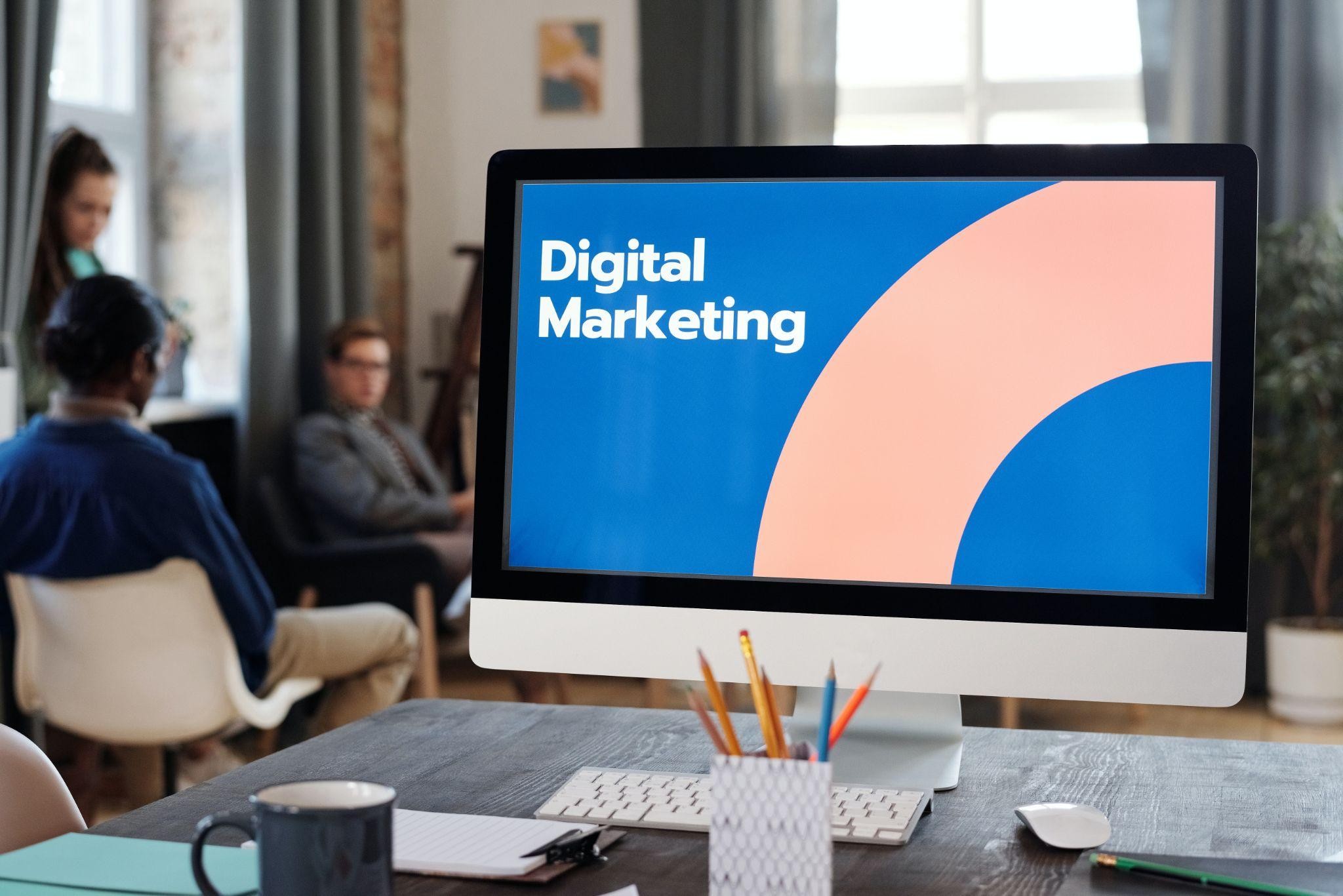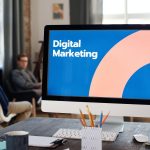A successful digital marketing company doesn’t rely on guesswork—it uses data-driven strategies and proven frameworks to help businesses grow consistently. Whether it’s increasing brand visibility, improving lead generation, or enhancing customer engagement, top-performing agencies know how to combine creativity with analytics for measurable results. Below are eight proven strategies digital marketing experts use to accelerate business growth—and how you can apply them to your own campaigns.
1. Comprehensive Market and Audience Research
Before launching any campaign, digital marketing companies begin with a deep understanding of the market landscape. They analyze competitors, identify target audiences, and study consumer behavior to create campaigns that truly resonate.
For example, a fashion retailer might use audience research tools like Google Analytics and Facebook Audience Insights to learn which demographics are most likely to purchase their products. This data shapes everything from ad creative to keyword selection.
Execution Steps:
- Conduct a competitor analysis to identify what’s working in your niche.
- Create detailed buyer personas outlining your audience’s age, interests, and pain points.
- Use insights to tailor content, messaging, and ad targeting for maximum relevance.
2. Implementing Strong SEO Foundations
Search engine optimization remains a cornerstone of digital growth. A strong SEO strategy ensures your business appears when potential customers are searching for your products or services. Many agencies offer comprehensive SEO services, including keyword optimization, technical SEO audits, and content strategy.
For instance, a B2B company might hire an agency to optimize its website for high-value industry keywords. Over time, this drives organic traffic and reduces dependency on paid ads.
Execution Steps:
- Start with keyword research using tools like Ahrefs or SEMrush.
- Optimize on-page elements—titles, meta descriptions, and internal links.
- Regularly monitor rankings and site performance to identify new opportunities.
3. Crafting Engaging Content Marketing Campaigns
Content marketing is one of the most effective ways to attract, educate, and convert customers. Digital marketing companies create blogs, videos, infographics, and case studies to position brands as industry authorities.
For example, a SaaS company might publish “how-to” guides and video tutorials to build trust and attract organic traffic. Over time, this content not only supports SEO but also nurtures leads throughout the buyer’s journey.
Execution Steps:
- Develop a content calendar aligned with audience pain points and business goals.
- Mix educational, promotional, and thought-leadership content.
- Distribute content across multiple channels—social media, newsletters, and YouTube—to maximize reach.
4. Leveraging Paid Advertising (PPC and Social Ads)
Paid advertising allows businesses to generate quick, targeted results. Agencies often use PPC (Pay-Per-Click) ads on Google and paid social campaigns on platforms like Facebook, Instagram, and LinkedIn.
For instance, an e-commerce brand might run Google Shopping ads during the holiday season to boost conversions. At the same time, remarketing campaigns can re-engage users who previously visited the website but didn’t purchase.
Execution Steps:
- Identify your best-performing keywords or audience segments.
- Set up campaigns with compelling ad copy and strong calls-to-action.
- Continuously A/B test ad creatives and landing pages to improve conversion rates.
5. Optimizing Conversion Rate (CRO)
Getting traffic is only half the battle—converting that traffic into customers is where real growth happens. Digital marketing companies use CRO techniques such as A/B testing, heatmaps, and user flow analysis to refine websites for higher conversions.
For example, a travel agency might test different landing page headlines or button colors to see which drives more bookings. Even small design or wording tweaks can yield significant improvements.
Execution Steps:
- Analyze website behavior using tools like Hotjar or Google Optimize.
- Identify bottlenecks where users drop off in the funnel.
- Implement and test one change at a time to measure impact accurately.
6. Utilizing Email Marketing Automation
Email marketing remains a powerful tool for nurturing leads and retaining customers. Agencies design automated workflows that send personalized messages based on user behavior—such as welcome sequences, abandoned cart emails, or re-engagement campaigns.
For example, an online store might send a series of automated emails featuring personalized product recommendations to increase repeat purchases.
Execution Steps:
- Segment your email list by demographics or purchase history.
- Create tailored sequences for each customer stage (awareness, consideration, conversion).
- Use analytics to measure open rates, click-throughs, and conversions, then optimize accordingly.
7. Building a Strong Social Media Presence
Social media marketing is vital for brand awareness and customer engagement. Digital marketing companies manage social channels strategically—balancing creativity with consistency to maintain brand voice.
For instance, a restaurant might use Instagram Stories to showcase daily specials, while a B2B brand might focus on LinkedIn thought leadership posts. Agencies monitor analytics to determine which platforms yield the best engagement.
Execution Steps:
- Choose the platforms where your audience is most active.
- Develop a consistent posting schedule using tools like Buffer or Hootsuite.
- Engage with followers by responding to comments, messages, and reviews promptly.
8. Tracking Analytics and Performance Metrics
No digital marketing strategy is complete without continuous tracking and improvement. Agencies rely on analytics tools to measure KPIs such as traffic, engagement, lead generation, and ROI.
For instance, a digital marketing company might use Google Analytics to measure campaign performance while integrating CRM data to track lead quality. This ensures marketing efforts directly contribute to business growth.
Execution Steps:
- Define key performance indicators (KPIs) for each campaign.
- Set up tracking dashboards using Google Data Studio or HubSpot.
- Review results regularly, identifying trends and areas for improvement.
Conclusion
The best digital marketing company combines strategy, creativity, and analytics to deliver sustainable growth for its clients. By leveraging these eight proven strategies—ranging from SEO and content marketing to paid ads and performance tracking—businesses can enhance visibility, boost conversions, and achieve long-term success. Whether you’re managing your campaigns internally or partnering with professionals, implementing these tactics will position your brand for measurable and lasting growth in the digital age.






